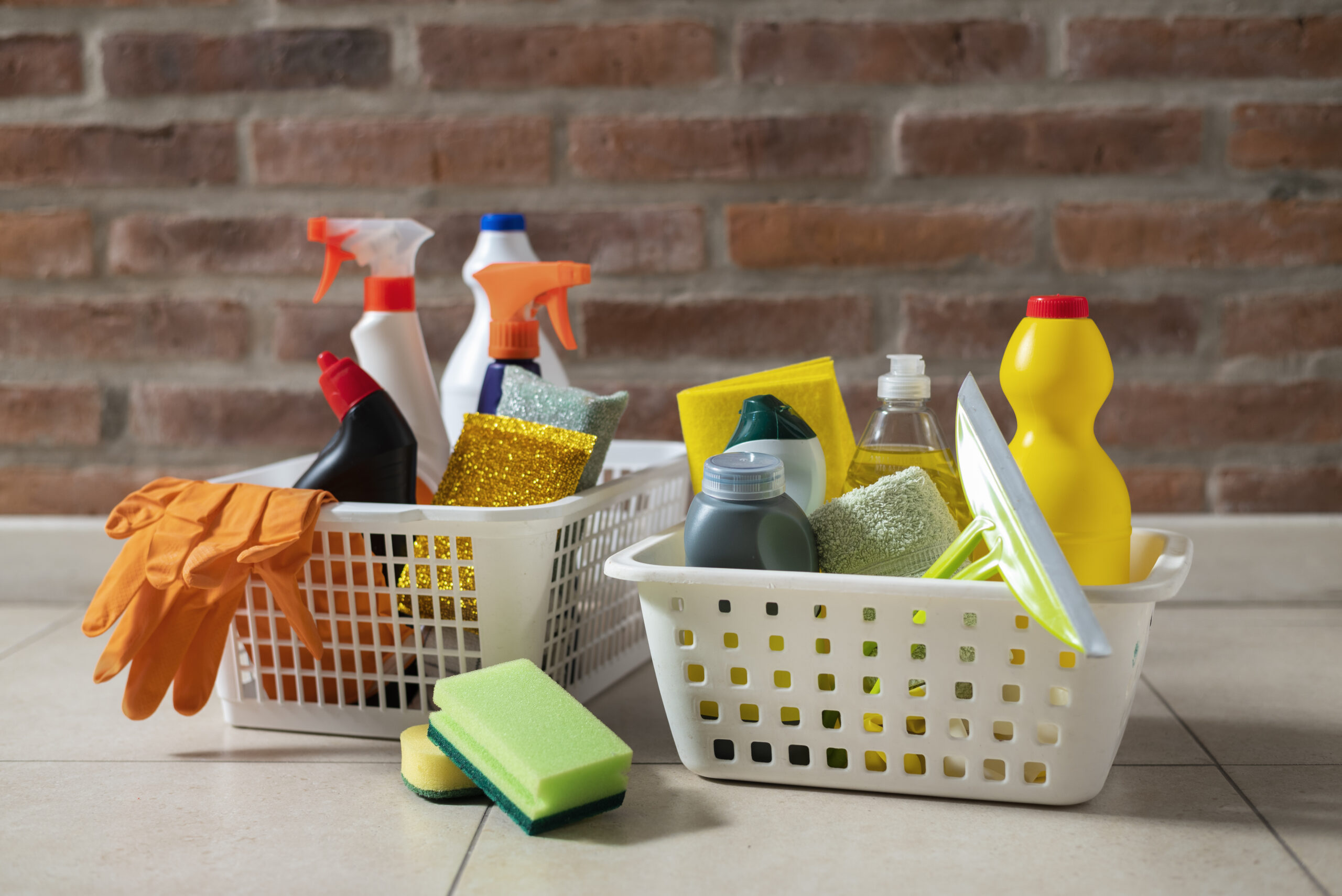One spray bottle at a time, eco-friendly house cleaning is a silent revolution rather than merely a passing fad. The day I threw out my old cleaners is still fresh in my mind. Bleach, ammonia, and mysterious sprays with names I couldn’t pronounce were all in my cabinet. A friend then swore by baking soda and vinegar. I tested it sceptically on my dirty hob. I was shocked to find that it worked better than the store-bought stuff. That was my eureka moment. You’re in the right place if you’re interested in replacing harmful products with affordable, natural alternatives. This guide explores ten environmentally friendly cleaning tips that are supported by research and a dash of common sense. Together, we can safely make your house shine.
Why Choose Eco Friendly House Cleaning?
Although they are more expensive, conventional cleaners may guarantee a spotless home. Many contain volatile organic compounds (VOCs), the EPA warns. The EPA warns that many contain volatile organic compounds (VOCs), which can cause respiratory problems and contaminate indoor air.families don’t wanna take that risk. How ever natural alternatives are better for environment and your legs lungs
Green cleaners can be just as effective as their chemical counterparts, if not more so, according to a study by the American Chemical Society. They’re also frequently less expensive. When vinegar costs pennies, why spend money on toxins? Eco-friendly cleaning reduces your carbon footprint in addition to improving your health. Conventional cleaners’ manufacture, packaging, and disposal add to water pollution and landfill waste. One scrub at a time, you’re voting for a cleaner Earth by selecting natural options..
Ready to ditch the chemicals? Let’s explore the how-to.
10 Natural Solutions for Eco Friendly House Cleaning
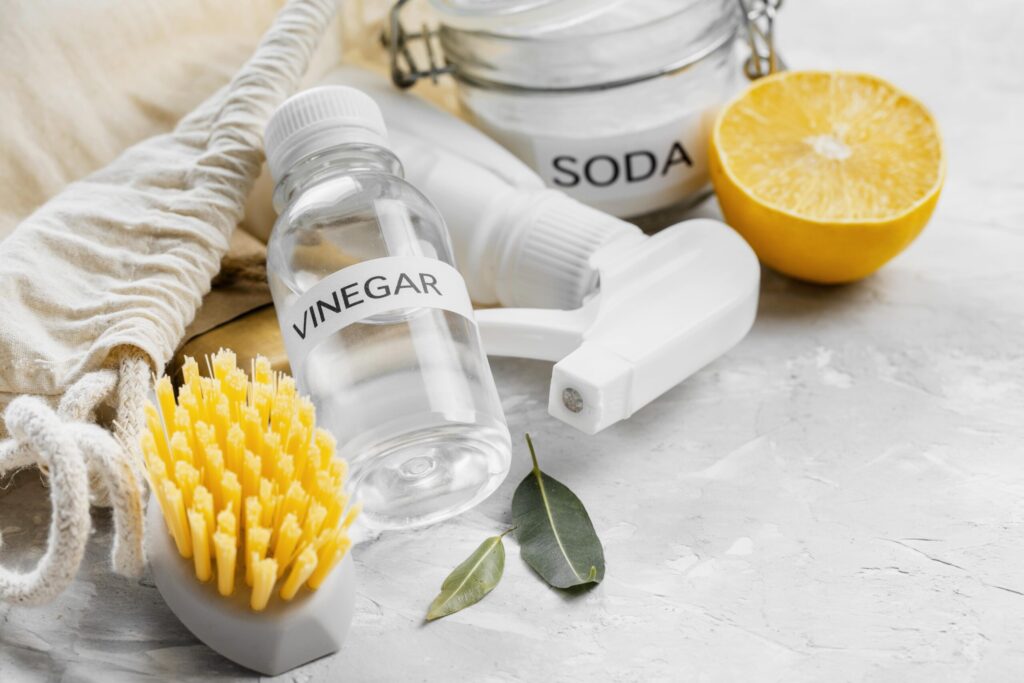
These ten tried-and-true recipes will help you clean any mess, from foggy mirrors to sticky counters. Each recipe calls for ingredients you probably already have; if not, you’ll need to go grocery shopping.
1. All-Purpose Cleaner
- Ingredients: 1 cup water, 1 cup white vinegar, 10 drops lemon essential oil.
- Why It Works: Vinegar cuts grease, lemon adds antibacterial punch (NIH: Antimicrobial Properties of Lemon).
- Use It On: Countertops, sinks, even glass (streak-free!).
This is my go-to for everything but wood, and I use it every day. With the exception of the chemical aftertaste, the lemon scent remains.
2. Baking Soda Scrub
- Ingredients: ½ cup baking soda, 2 tbsp water (adjust for paste consistency).
- Why It Works: Baking soda’s mild abrasiveness lifts grime without scratching.
- Use It On: Stovetops, tubs, tile grout.
After a spaghetti sauce incident, my hob was a complete mess. It and my sanity were saved by this scrub.
3. Glass Cleaner
- Ingredients: 1 cup water, 1 cup rubbing alcohol, 1 tbsp white vinegar.
- Why It Works: Alcohol evaporates fast, vinegar dissolves smudges.
- Use It On: Windows, mirrors, glass tables.
Pro tip: For a shine free of lint, use crumpled newspaper. My grandmother taught me that.
4. Wood Polish
- Ingredients: ¼ cup olive oil, ¼ cup white vinegar, 10 drops orange essential oil.
- Why It Works: Olive oil nourishes, vinegar cleans, orange oil masks the vinegar smell.
- Use It On: Furniture, cabinets, wood floors.
After this, my coffee table shines. Less is more, so don’t go overboard.
5. Mold Remover
- Ingredients: 1 cup water, 1 cup white vinegar, 1 tsp tea tree oil.
- Why It Works: Vinegar kills mold, tea tree oil prevents regrowth (ScienceDirect: Tea Tree Oil Antifungal Activity).
- Use It On: Bathroom tiles, grout, shower curtains.
I spent months fighting shower mould. It was gone in an hour thanks to this mix.
6. Carpet Freshener
- Ingredients: 1 cup baking soda, 10 drops lavender essential oil.
- Why It Works: Baking soda absorbs odors, lavender adds calm.
- Use It On: Carpets, rugs, mattresses.
Sprinkle, hoover and wait 15 minutes. Now my living room has a spa-like scent.
7. Stainless Steel Cleaner
- Ingredients: 1 tbsp olive oil, 1 tbsp white vinegar.
- Why It Works: Oil buffs, vinegar removes fingerprints.
- Use It On: Fridges, sinks, appliances.
For a finish free of streaks, use a microfiber cloth to wipe. My refrigerator appears to be brand new.
8. Toilet Bowl Cleaner
- Ingredients: ½ cup baking soda, 1 cup white vinegar.
- Why It Works: Baking soda scrubs, vinegar disinfects.
- Use It On: Toilets (duh).
Add, allow to fizz, scrub, and flush. It’s strangely fulfilling.
9. Drain Cleaner
- Ingredients: ½ cup baking soda, 1 cup white vinegar, boiling water.
- Why It Works: The reaction unclogs, boiling water flushes.
- Use It On: Sinks, tubs, showers.
The sink in my kitchen was slow. No plumber was required because this cleared it in a matter of minutes.
10. Air Freshener
- Ingredients: 1 cup water, 2 tbsp vodka, 10 drops eucalyptus oil.
- Why It Works: Vodka disperses, eucalyptus purifies.
- Use It On: Rooms, fabrics, linens.
Apply sparingly; your house will smell more like a forest than a factory.
Visual Guide: Conventional vs. Natural Cleaners
Here’s a quick comparison of cost, effectiveness, and safety:
| Ingredient | Cost | Effectiveness | Safety |
|---|---|---|---|
| Baking Soda | Low | High | Safe |
| Vinegar | Low | High | Safe |
| Bleach | Medium | High | Toxic |
| Commercial Sprays | High | Medium | Toxic |
Natural options win on all fronts. For more sustainable swaps, check out Eco-Friendly Decor: Sustainable Ideas for a Greener Home.
Fresh Perspectives: Beyond the Basics
Everyone talks vinegar and baking soda, but let’s level up. Here are three unexpected eco-friendly cleaning hacks for 2025.
1. Enzyme Cleaners
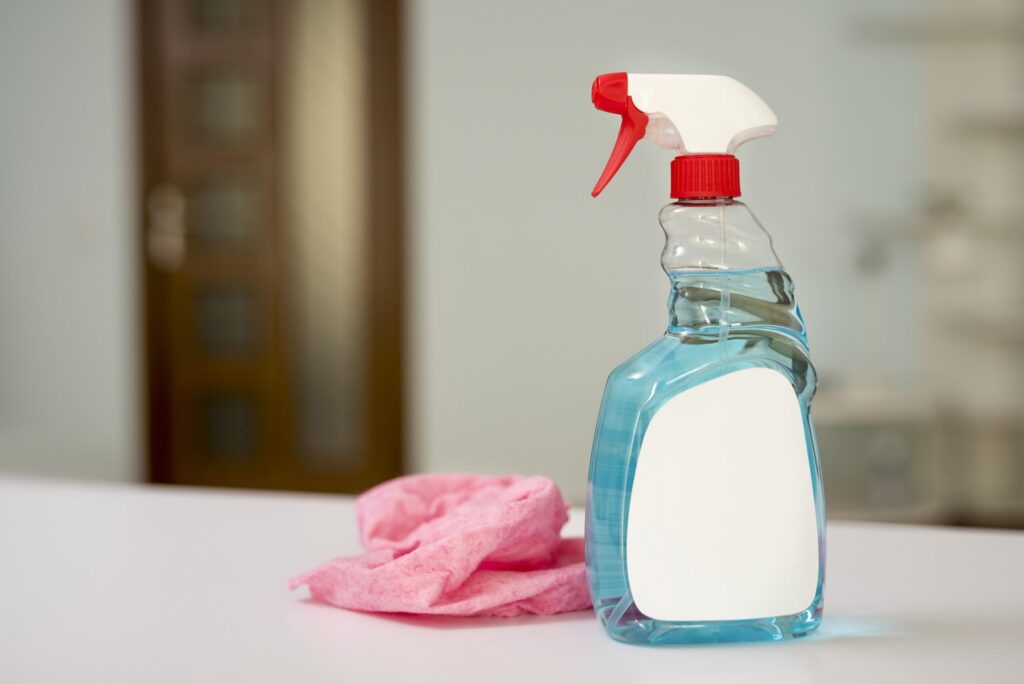
- What: Plant-based enzymes that eat away at organic matter.
- Why: They’re biodegradable and outperform chemicals on tough stains.
- Try: Biokleen or DIY with citrus peels and sugar.
I used an enzyme cleaner on a wine spill—gone in seconds.
2. Steam Cleaning
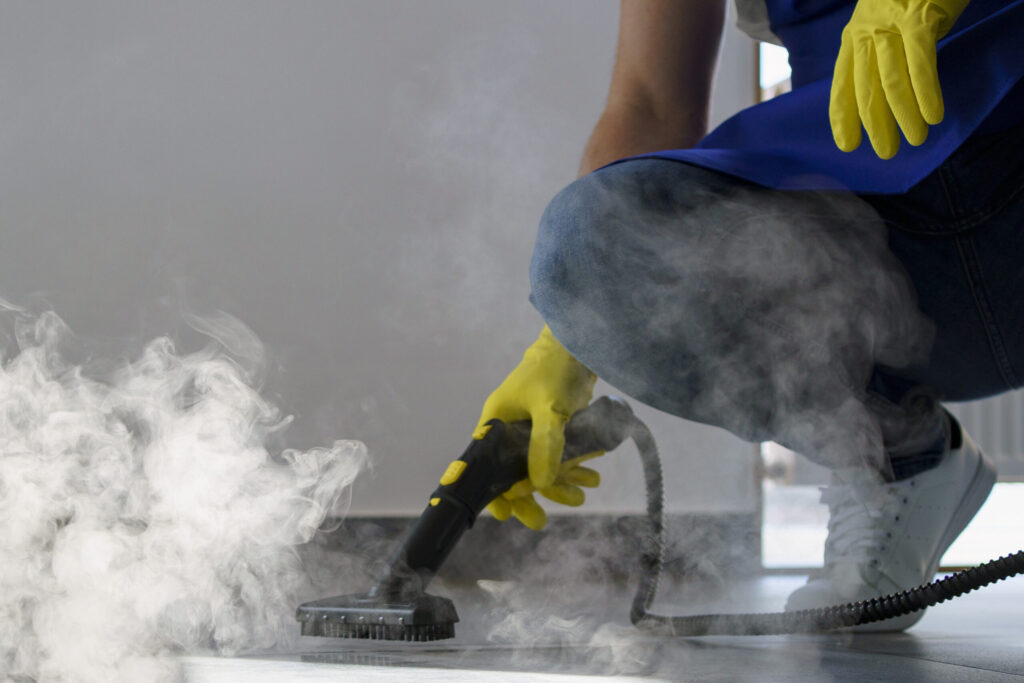
- What: High-heat steam that sanitizes without chemicals.
- Why: Kills 99.9% of germs, per CDC guidelines.
- Use: Floors, upholstery, even grout.
My steam mop is a game-changer for pet owners.
3. Reusable Microfiber
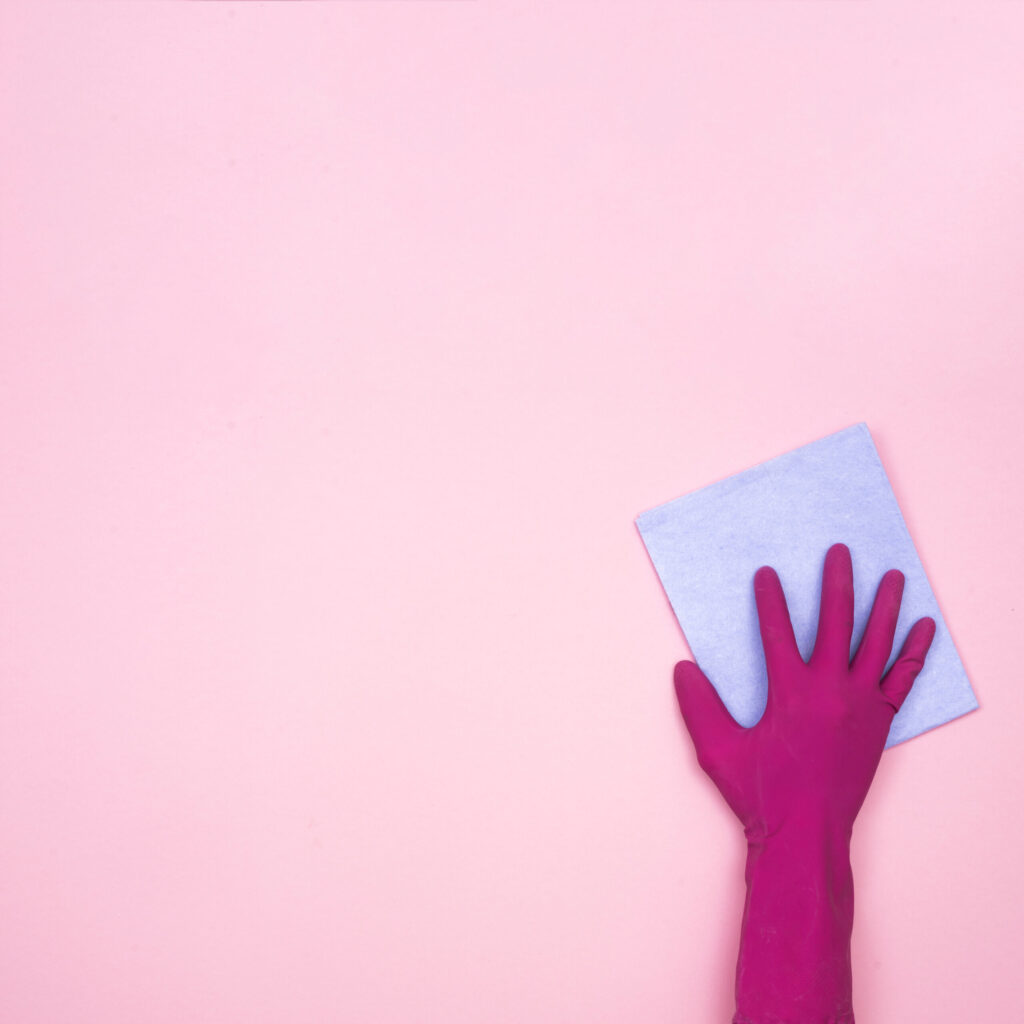
- What: Cloths that trap dust and dirt without sprays.
- Why: Washable, durable, and chemical-free.
- Pair With: Any recipe above.
I’ve ditched paper towels—microfiber does it all. Want more waste-reducing tips? See Zero Waste: Your Ultimate Guide to a Sustainable Lifestyle.
FAQs: Your Eco Friendly House Cleaning Questions, Answered
1. What’s the best natural alternative to bleach?
Vinegar, hydrogen peroxide, and baking soda. Vinegar for windows, peroxide for disinfecting, baking soda for scrubbing.
2. How do I remove mold without harsh chemicals?
Mix water and white vinegar (1:1), add tea tree oil, spray, wait an hour, scrub. Repeat if needed.
3. Are DIY cleaners really effective?
Yes! A University of Washington study found natural cleaners match or exceed chemical ones.
4. Can I use these on all surfaces?
Avoid acidic cleaners (vinegar) on marble or granite. Test small areas first.
5. How do I make my home smell fresh naturally?
Simmer citrus peels and herbs on the stove or use essential oil diffusers.
Wrap-Up: Clean Green, Live Lean
Eco friendly house cleaning isn’t just kinder to the planet—it’s smarter for your wallet and health. These 10 recipes are your starting line, but the real magic is in the mindset shift. Once you see how well natural solutions work, there’s no going back. My home’s never been cleaner—or fresher.
What’s your favorite green cleaning hack? Drop it in the comments or explore Eco Home: Your Guide to Sustainable Living in 2025 for more inspiration. Let’s keep the green cleaning revolution rolling!

